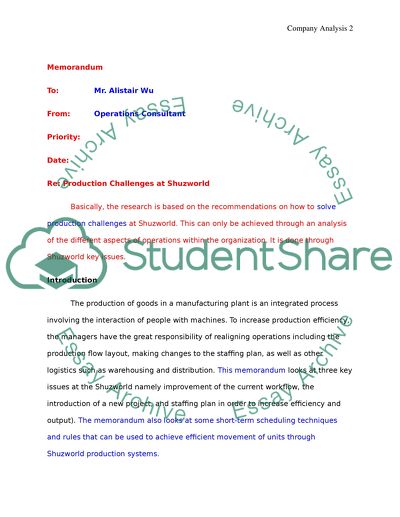Cite this document
(“Production Challenges at Shuzworld Term Paper Example | Topics and Well Written Essays - 1250 words”, n.d.)
Production Challenges at Shuzworld Term Paper Example | Topics and Well Written Essays - 1250 words. Retrieved from https://studentshare.org/marketing/1436549-decision-analysis
Production Challenges at Shuzworld Term Paper Example | Topics and Well Written Essays - 1250 words. Retrieved from https://studentshare.org/marketing/1436549-decision-analysis
(Production Challenges at Shuzworld Term Paper Example | Topics and Well Written Essays - 1250 Words)
Production Challenges at Shuzworld Term Paper Example | Topics and Well Written Essays - 1250 Words. https://studentshare.org/marketing/1436549-decision-analysis.
Production Challenges at Shuzworld Term Paper Example | Topics and Well Written Essays - 1250 Words. https://studentshare.org/marketing/1436549-decision-analysis.
“Production Challenges at Shuzworld Term Paper Example | Topics and Well Written Essays - 1250 Words”, n.d. https://studentshare.org/marketing/1436549-decision-analysis.


